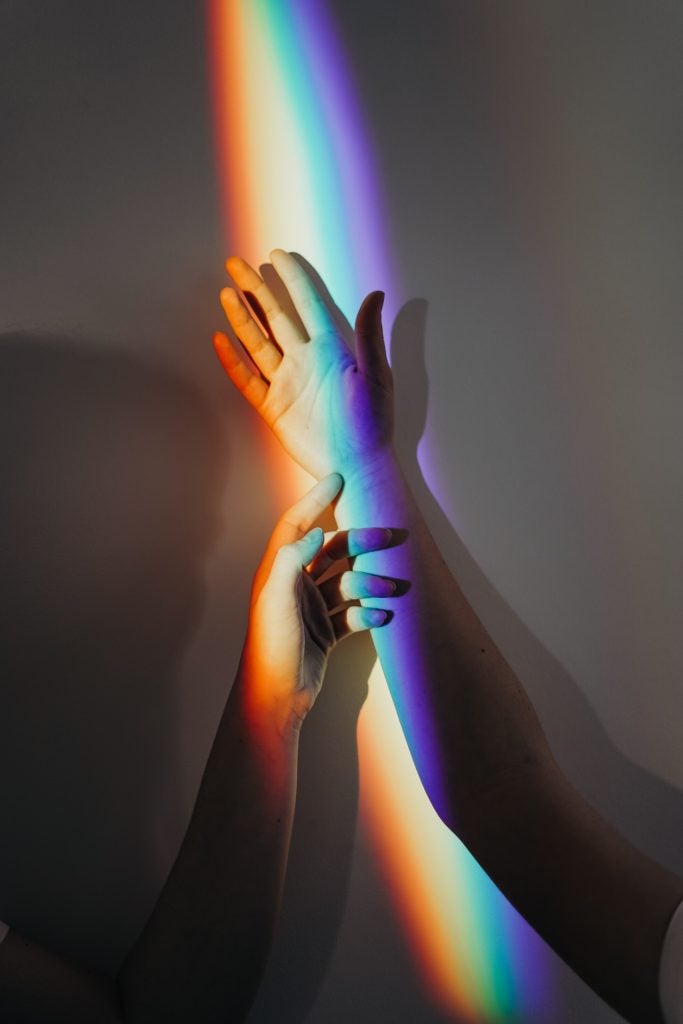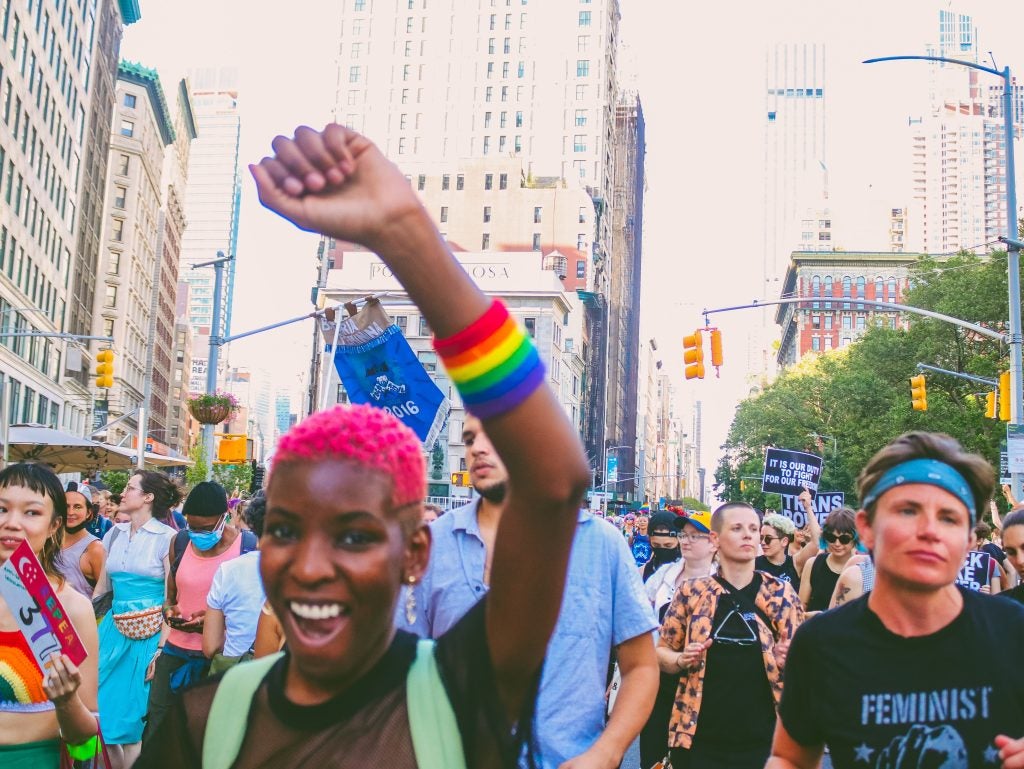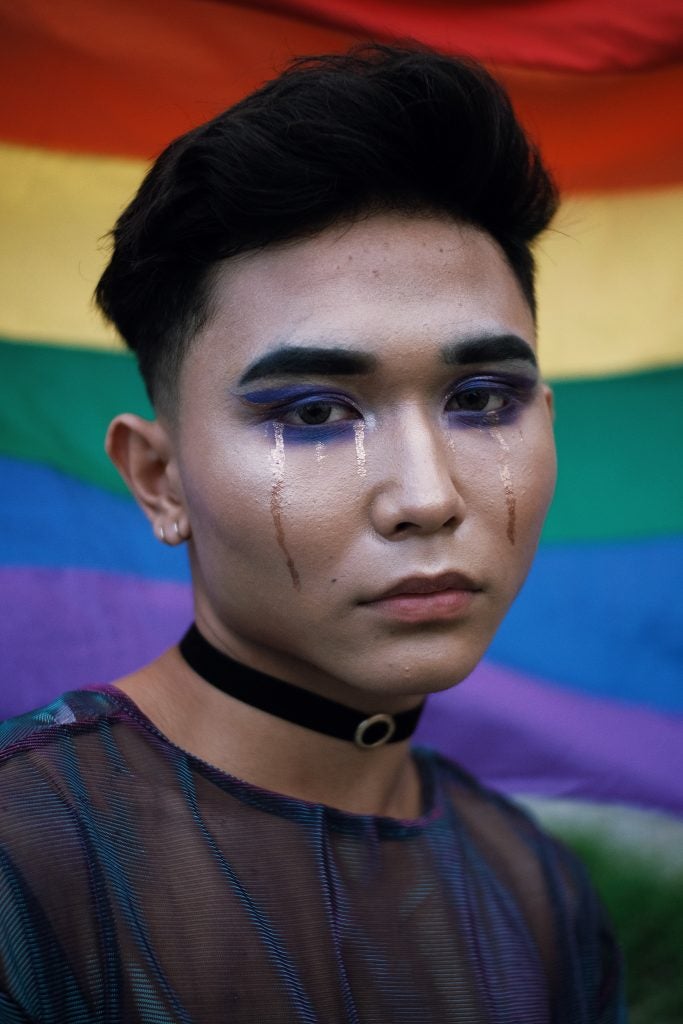
Disclaimer: In this article, the term “queer” will be used as an umbrella term for all gay, lesbian, bisexual, pansexual, and other non-heterosexual orientations; the term “trans” refers to all individuals who experience gender differently from the assumed gender based on their sex assigned at birth.
In the 21st century, countries around the world have made tremendous changes surrounding LGBTQ issues. However, for many queer individuals the process of “coming out”, or openly identifying themselves as LGBTQ to their loved ones, can be scary and stressful. The fear of negative reception to the individual’s orientation can be overwhelming and intimidating. Gaining acceptance from loved ones, especially loved ones, can have a profound impact on a person’s “coming out” experience, and can help validate both their new identity and can establish trust. In the following paragraphs, we hope to provide helpful recommendations on how to lend support and love to a friend or family member who is coming out.
Table of Contents
LGBTQ Terminology

There are many terms and definitions unique to the LGBTQ community. Recognizing and understanding these terms can help facilitate a positive conversation, establishing trust and respect for the person who is coming out. The following includes some of the important definitions related to the LGBTQ community.1
• LGBTQ: The acronym for Lesbian, Gay, Bisexual, Transgender, and Queer/Questioning. Often used as an umbrella term.
• Coming out: The process of acknowledging to oneself (and then to others) that one has an LGBTQ identity.
• Sexual orientation: an individual’s physical and/or emotional attraction to a specific gender. “Gay,” “lesbian,” “bi” and “straight” are some of the examples of sexual orientations. A person’s sexual orientation is independent of a person’s sex and gender identity.
• Homosexual: A person who is attracted to members of the same gender (including gays and lesbians.)
• Heterosexual: A person who is attracted to members of the other gender.
• Bisexual: A person who is attracted to members of both genders.
• Transgender (trans): an umbrella term for individuals whose gender identity or expression is different from the gender identity associated with their sex assigned at birth (e.g., the sex listed on their birth certificate)
• Queer: An umbrella term that includes any of the above orientations. Additionally, individuals may choose to identify as queer because they feel a discrepancy between their sexual orientation and societal norms.
• Gender identity: Refers to a person’s innate, deeply-felt psychological identification as a man, woman or some other gender, which may or may not correspond to the sex assigned to them at birth (the sex listed on their birth certificate).
• Gender expression: Refers to all of the external characteristics and behaviors that are socially defined as either masculine, feminine, or androgynous, such as dress, grooming, mannerisms, speech patterns, and social interactions. Social norms vary drastically across different cultures and time periods. While some characteristics may be associated with masculinity, femininity, or neutral in one culture, they may not be assessed similarly in another.
There are a number of other definitions used among the LGBTQ community to help individuals define their sexual and romantic identities. Common and well-understood vocabulary is key to helping queer individuals find others with similar orientations. Many of the terms pertinent to LGBTQ individuals are only used within the community by people with queer identities. If a heterosexual were to approach a queer person and use an LGBTQ slur, it would be disrespectful and inappropriate. The LGBTQ community has faced centuries of social and political oppression, and much of the terminology stems from their long struggle for equality. If one is uncertain of a word or phrase and whether or not it is a slur or an unoffensive label, consider looking it up or asking the queer person in mind if it is appropriate. Curiosity and regard for LGBTQ identities may come off as positive for someone coming out of the closet, and they may be happy and excited to explain the terminology. If a loved one has included you in their “coming out” experience, they have shared close and personal information and trusted that they can abide by you. By asking questions on what you do not know or fully understand, you are demonstrating your trustworthiness and support of their public identity.
On Their Own Terms
An individual should never be pressured or forced to come out as identifying as LGBTQ. Many people are unintentionally guilty of assuming the sexual orientation of another individual. This assumption, whether it is true or not, can be damaging to that individual’s own coming out process. Queerness can accompany many different appearances and personalities. It is inappropriate to assume someone is queer just because they exhibit characteristics stereotypical of the queer community. Furthermore, the individual may not fully understand their own sexual orientation yet. Identifying as queer can be a long and complicated process. Placing someone in a categorical orientation without their consent can be damaging to their self-worth and their own path to self-acceptance.
Finding Support

There are many different reactions a person can receive from their loved ones when coming out, including happiness, excitement, worry, or anger. However, it is possible for loved ones to come around and accept their queer friend or family member—no matter how negative the initial reaction. Even proponents of the LGBTQ community can be caught off guard by a loved one “coming out,” and thus feel confused or upset when they find out a family member or friend identifies as queer. These deep-seated emotions can make communication difficult between an individual and their queer loved one, causing the queer individual to feel isolated and unwelcome. Fortunately, there are many existing support groups that help individuals accept and communicate with their queer loved ones. Attending and participating in a group discussion can help alleviate confusion and answer complicated questions an individual may have about the queer community or the coming out process. These associations are widespread across the nation and the globe—for example, People, Family, and Friends of Lesbians and Gays (PFLAG) has more than 500 chapters and representatives in the USA who work with families and friends to raise acceptance and respect for LGBTQ loved ones.2 Below are additional resources to utilize if one is struggling with a loved one’s orientation.
Family Acceptance Project (FAP) — https://familyproject.sfsu.edu/resources
Gender Spectrum — www.genderspectrum.com
Human Rights Campaign (HRC) FamilyNet — www.hrc.com
Children of Lesbian and Gays Everywhere (COLAGE) — www.colage.org
Family Equality Council — www.familyequality.org3
Comfort Them
Many queer individuals may be vulnerable to negative experiences during the coming out process. For example, a destructive reaction from a friend could place the individual in a position where they no longer wish to continue with the coming out process. One should not let their misconceptions, misinformation, or personal beliefs about the LGBTQ community hinder their ability to support a loved one’s coming out process. Concern, respect, love, and support can greatly ease the process for those who are coming out. As a person comes out, they may fear possible prejudices against their queer identity. It is therefore important to be supportive of those who are coming out. When an individual is learning that a family member or friend is queer, they should continually lend their loved one support by reminding the queer individual that they will always be there for them, regardless of sexual orientation.
Discussing Private Orientation
Oftentimes, and especially during the beginning of the coming out process, a person may ask to keep their sexual orientation private. The queer individual has disclosed their orientation with trust and regard, and it is extremely important to respect their wishes as they move through the process. Every individual’s coming out process is unique, and some may take longer than others to proclaim their orientation publicly. Avoiding the urge to gossip or spread the word about the person’s orientation will reinforce the notion of acceptance. Offering support each step of the way will demonstrate continual respect for the LGBTQ community and solidify trust in the relationship with the person coming out.
Leave Religion Out
Many people superimpose their religious beliefs on a queer person during their coming out. If one wishes to send a message of awareness and acceptance to a queer loved one, it is necessary to put religious ideas aside. The coming out process is difficult for the queer individual, as they are struggling with questioning their identity and battling with worry over their peers’ possible reactions. Anyone coming out is most likely already facing a great deal of worry and is choosing to enclose their sexual identity because it is important to them. Projecting one’s religious beliefs on a queer loved one may make them feel guilty and ashamed of their identity. A coming out process is about the queer individual—not about religion, society, or anyone else’s beliefs.4
They Are Still the Same Person

If a loved friend or family member comes out as queer, the only aspect that is changing is which sexual orientation they openly identify with. The essence of who they are, and the many reasons why you love them, are not changing. Many parents and friends neglect and shun their queer loved one as if their new orientation has changed the entirety of who they are. Remember that someone who comes out as queer still has the same interests, the same relationships, and the same personality. They deserve to be treated as they were before their coming out process.4 Assuring a queer loved one that the relationship will remain unchanged despite the change of orientation will demonstrate acceptance. These kinds of statements are the best way to be an ally of the LGBTQ community.
Closing Remarks
Above all, remember that the coming out process is likely exponentially harder for the queer person than for their friends and family members to understand and accept. If someone reveals their LGBTQ identity, it is important to offer love and support, rather than immediately reacting with judgment and anger. If a person is feeling exceptionally negative about a loved one’s orientation, they should consider seeing a therapist or joining a support group to learn how to accept LGBTQ identities. Queer individuals, and the queer community as a whole, can always use more allies.
References
- ”Sexual Orientation and Gender Identity Definitions.” Human Rights Campaign. N.p., n.d. Web. 06 Oct. 2014.
- “PFLAG National.” PFLAG National. N.p., n.d. Web. 08 Oct. 2014.
- “Resources.” Family Acceptance Project. N.p., n.d. Web. 26 Feb. 2017.
- “How to Accept a Gay Friend or Family Member.” The Daily Mind. N.p., 09 July 2009. Web. 26 Feb. 2017.
Last Updated: 26 February 2017.
